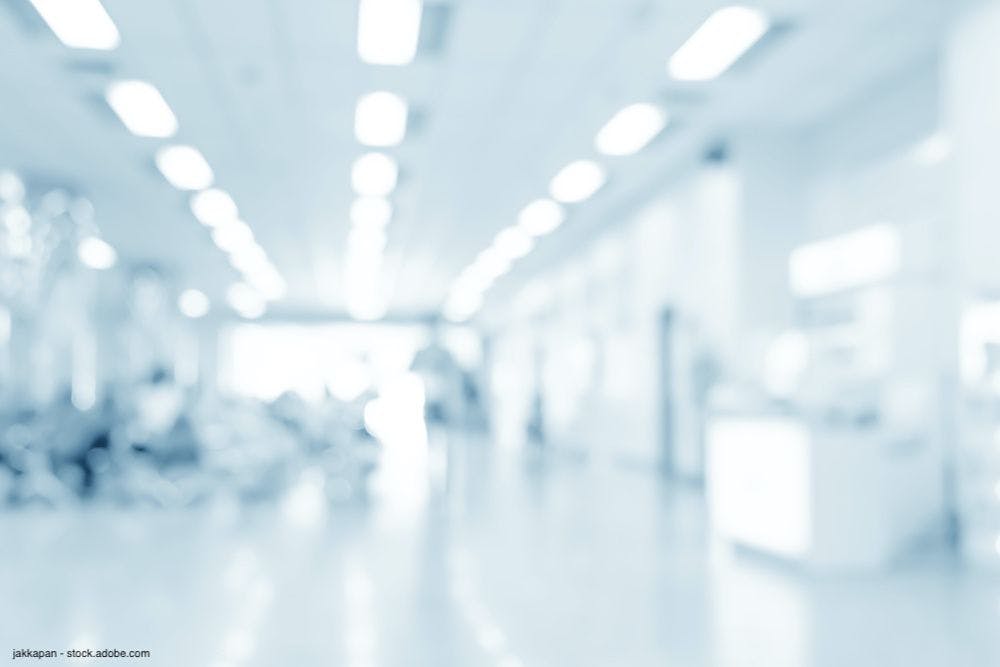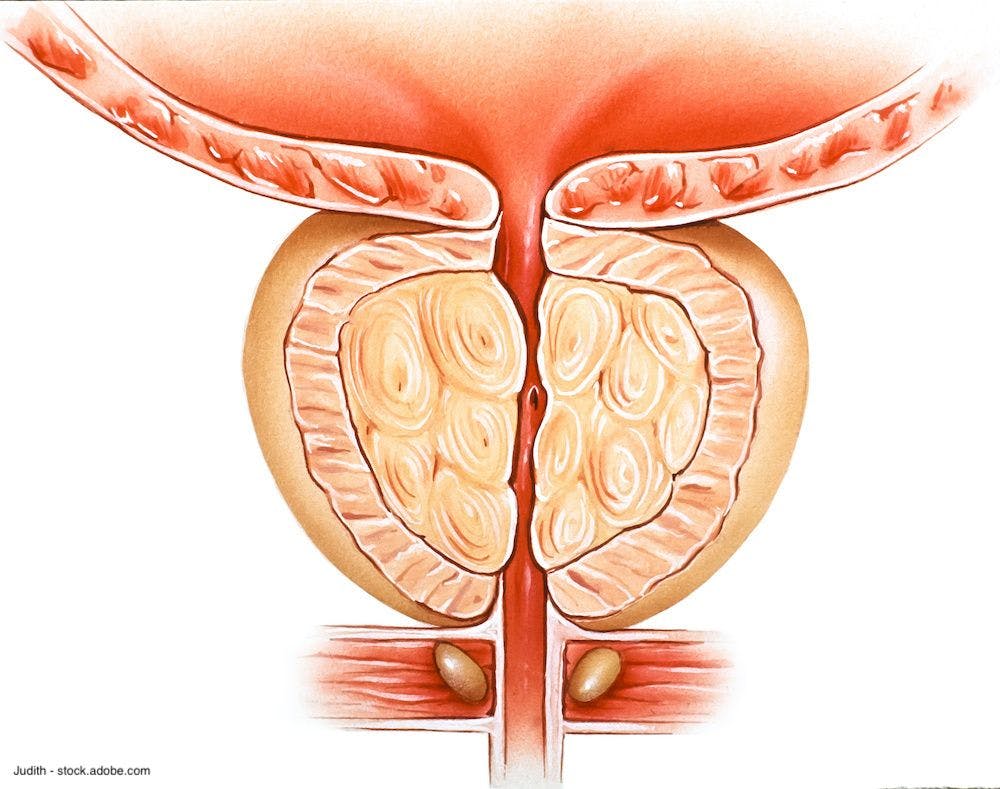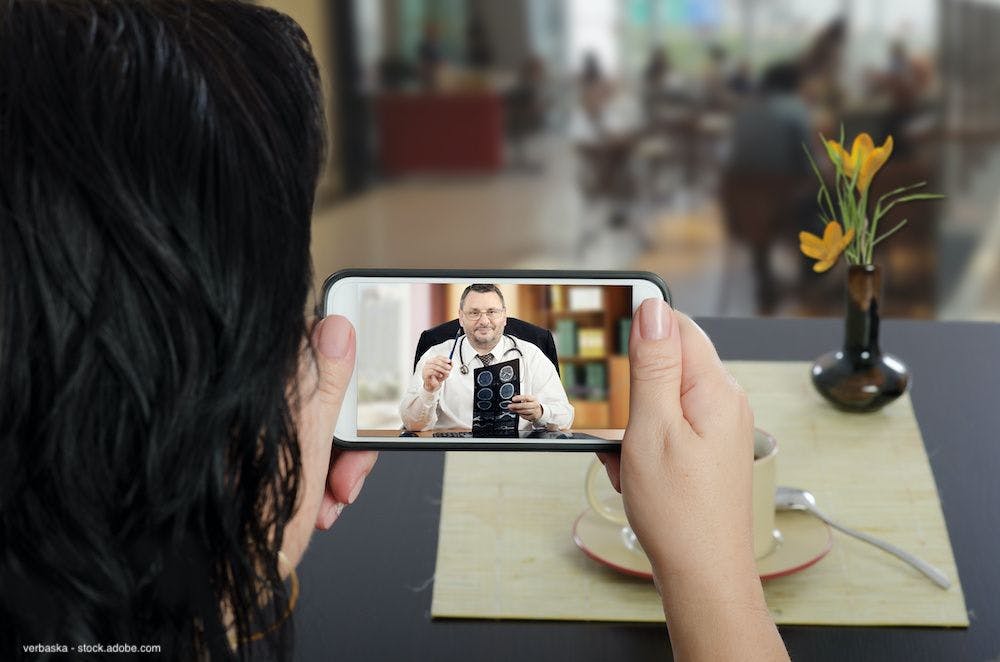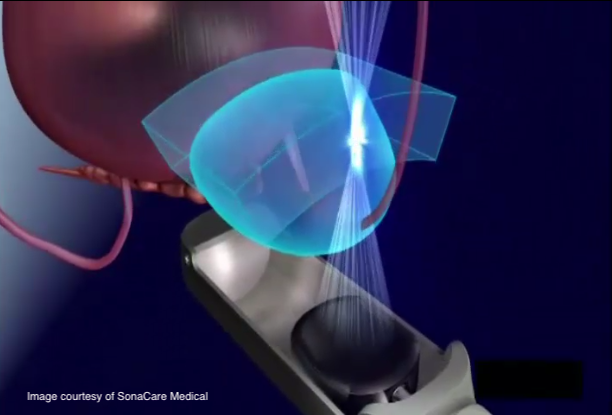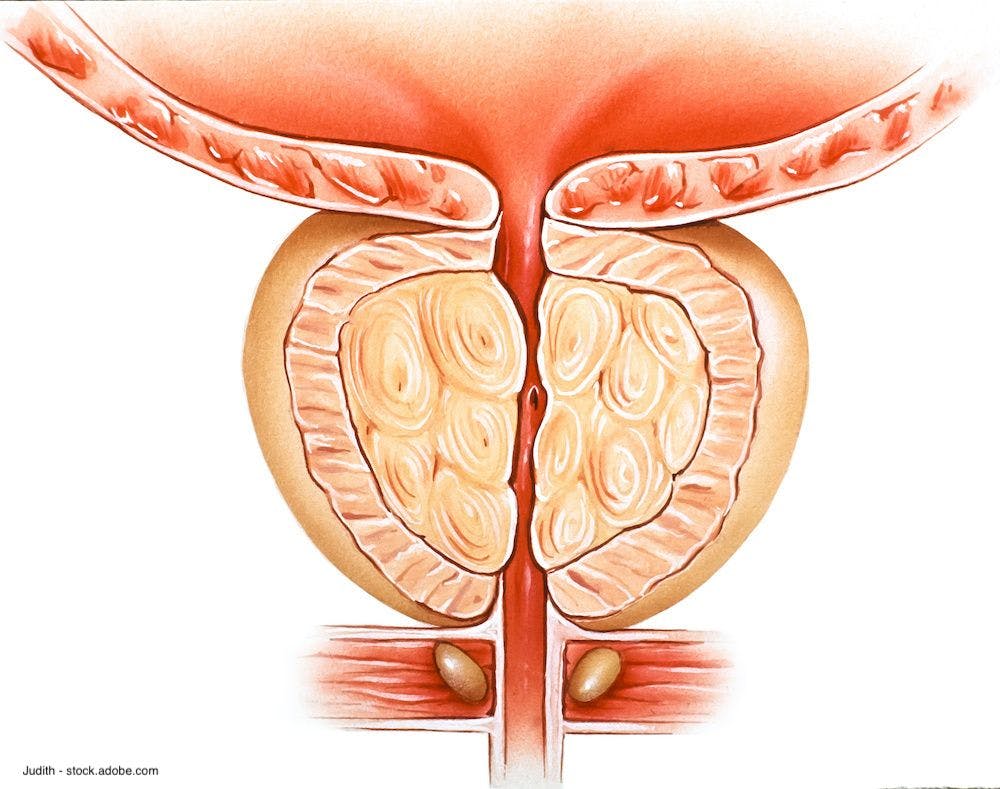Publication
Article
Urology Times Journal
What has been the telemedicine experience in urology during the COVID-19 pandemic?
Author(s):
3 urologists discuss their experience with telemedicine during the COVID-19 pandemic.
Urology Times® reached to three urologists (selected randomly) and asked them each: What has been your experience with telemedicine?
“Before COVID-19, we called patients back, but we never did video or phone consults. Now we do both. Telemedicine will have an important place now in urologic care of patients.
Craig Smith, MD

Initially, it was intimidating. How would timing come off? How would the back-and-forth work conveying information? But we quickly felt comfortable, especially with video. With face-to-face interaction, especially in pediatric urology, you can have them point to the affected area. I’ve even done it on postop. ‘Point the camera at the area. Oh, it looks great.’
It saves people traveling for quick follow-ups. It helps [with] managing patient flow and educational aspects of care.
With pediatrics, often it’s not just one kid families have to wrap up when they need to see us. They’ve got several children to bring. If we can handle things over the phone, they’re elated.
Sometimes you can look at lab results and prescribe preliminary medication. Then you can see how it works before patients come in. That can streamline the management of disease.
You can provide educational links to patients before we talk about a particular procedure. That can save time.
Facial recognition and communication are important when you’re going to do a procedure. You need the video-conferencing.
Most of our patients, even the elderly, seem to access their charts online. On the site, there’s an easy link to connect to a video consult. ‘My Chart’ has a prompt that allows them an easy video consult link.”
—Craig Smith, MD/ Winfield, Illinois
“We didn’t do telemedicine before the pandemic. My experience now is fairly positive. It’s for reviewing labs, discussing people’s prognoses and potential outcomes, as well as the direction of therapy.
Gary Kalser, MD

In urology, if patients need certain examinations, the initial consult can be telemedicine. Eventually, they’ll need an in-person visit because nothing replaces that physical examination.
Cognitive appointments, especially if you know the people, work well because these people don’t necessarily need a physical exam if their symptoms are stable.
It’s also good because older patients are at higher risk for coronavirus and many are anxious about possible exposure coming in. If physical exams are not critical for decision making, for example, if you’re following a patient’s PSA, you can check laboratory data by telemedicine. Eventually, they’ll probably need a physical examination but maybe that can be delayed until the environment is safer.
Telemedicine works best on video. With audio only, you miss face-to-face communication. Body language is important, otherwise you don’t know whether they’re grasping concepts. It’s also more personal. Without that connection, they’re probably less likely to follow those things they should.
I expect we’ll continue telemedicine when coronavirus is no longer an issue, but probably not to the same extent. I have patients who travel who may request video appointments, which I would do sometimes. Other patients are less mobile and can’t always get here. It’s better to do a video conference than just keep rescheduling them and eventually have them drop out.”
—Gary Kalser, MD/ Clermont, Florida
“We didn’t do telemedicine before the coronavirus. We considered it a couple years ago, but technology wasn’t great, and, frankly, the payer system didn’t facilitate it. Not that we didn’t want the work, but you have to be fairly compensated.
Kalpesh Patel, MD

With coronavirus, the government basically said, ‘We’ll waive onerous requirements. If you visit patients through telecommunication devices, we’ll cover them as in-person visits.’
Telemedicine is a mixed bag. I definitely see where it’s useful, particularly for elderly patients, or patients with difficulty getting into the office without help. Some of our patients are octogenarians. As long as it doesn’t require a physical exam, it’s a great way to go.
I have seen it take time when there’s a lot of data to go through, and you have to go to a different terminal to look at x-rays , but there’s definitely a role for it.
I’m concerned the government may revert to rules from before COVID…making it difficult to code for visits the way they require.
Certain things still require face-to-face visits, such as feeling a mass. But I have patients living 60 to 70 miles away. Having to come back for a quick post-op check costs time and gas money. Telemedicine works well in those cases. So I definitely think there’s a place for this after the virus, especially in less populated areas, like the Dakotas, Idaho, Arizona. Patients need care, but there’s a big onus on them to travel in areas where it’s hard to get doctors to locate.”
—Kalpesh Patel, MD/ Tucson, Arizona





